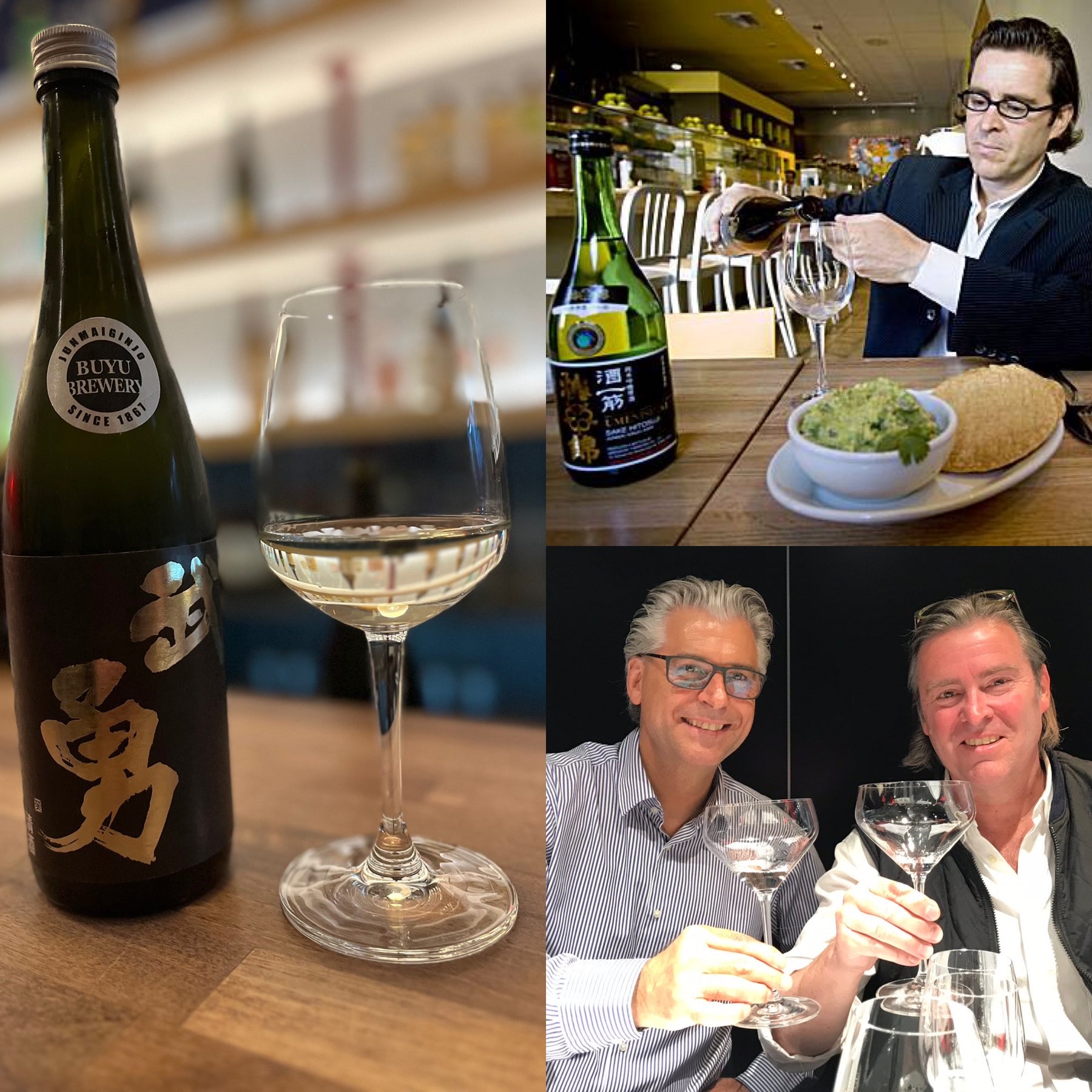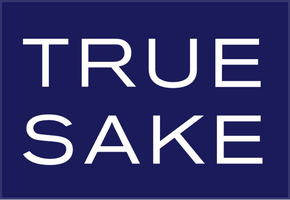
Restaurant Sake – The Do’s and Don’ts of Ordering Sake Yourself
So I am sort of bummed that I have to write this after all of these years that sake has been available on menus across the US, but sake is still sort of the red-headed stepchild of the booze business. First and foremost all alcohol is a profit center for restaurants and they look to maximize their margins on the drinks menu, and if sake is expensive they double down on this fact. That in and of itself makes finding value in the sake section of the menu difficult, but there are ways to enhance your sake experience by strategically ordering.
Herewith are a couple of hints to make your sake-drinking restaurant adventures more fun and less spendy.

- Make your first glass the most expensive! It’s always best to start with a higher-end pour like a Daiginjo or Ginjo, which could set you back up $20 for a 3-5 oz pour. But, before you commit to this glass price ask when the bottle was opened, and could you see how much is remaining. Here is where you can either negotiate a price reduction or get a bigger pour depending on how long the bottle has been opened and how much is left!
- Wine glass – wine glass – wine glass! Always ask for your sake to be served in a wine glass. This is a great way to get a slightly larger pour or at the very least teach the establishment that they should be serving their brews in wine glasses rather than shot glasses or those small-Daiginjo-chimney-glasses that are in the overflowing masu (lacquer box). Double down and say, we like the masu but it’s more sanitary to drink premium sake out of a wine glass, and yes they might overcompensate! (And a wine glass obviously makes your aromatic experience more genuine and better for the sake.)
- “Carafes” are where restaurants make bank. When you see “Carafes” again ask them to split that carafe in two wine glasses if there are two of you, and voila maybe you will “win” a larger pour.
- Groom your champion! Generally folks who are in the industry and pour sake like sake themselves, really make an effort to determine who the sake champion is at the restaurant if they don’t have a sommelier or wine director. Get in this person’s ear and ask them what they like, and what they recommend for you! In some cases their favorite sake is not on the menu and they might let you try an under-the-counter brew if you’re showing “ordering promise.”
- Get the chef involved! Chefs enjoy sake too, so make a point of asking what sake the chef enjoys. Parlay that into a recommendation for a specific dish, and you could very well induce the chef to not only share some knowledge, but they might even share the brew with you and others for the pairing in the house. And this goes with the “give a little to get a little” philosophy, by all means buy a pour for your champion and the chef and see what comes back to you! (If they say that they cannot drink on the job then tell them to pour a glass for after work.)
- The cheapest sake is the cheapest for a reason. Yes, it could be machine made in bulk sake from the US, or a very low-end brew from Japan, but it could be ok for your food pairing brew. You don’t need a Daiginjo for your fried course or your proteins, so think about going lowbrow for your top portion-wise pairing. If the cheapest sake is hot sake, ask if you can get it room temperature or chilled if they have it. If it comes hot then you know what to do, ditch the carafe or tokkuri and ask for it to be poured in a wine glass to allow it to come to room temperature quicker.
-
The 300ml conundrum! We love the control and freshness of a 300ml bottle, but they are pretty darn expensive and ten ounces goes so fast! If you are allowed to take unconsumed sake home we always recommend getting the 720ml bottle instead. (Make sure they don’t toss the cap when they present the bottle, and make sure you can bag it to go before going the route of the bigger bottle.) Also getting the bigger bottle allows you the ability to share a glass, which might net you another glass of something else.
At the end of the day you are not only a customer, but you yourself are an educator of sorts, and your sharing of information could be a win-win for everybody involved.
